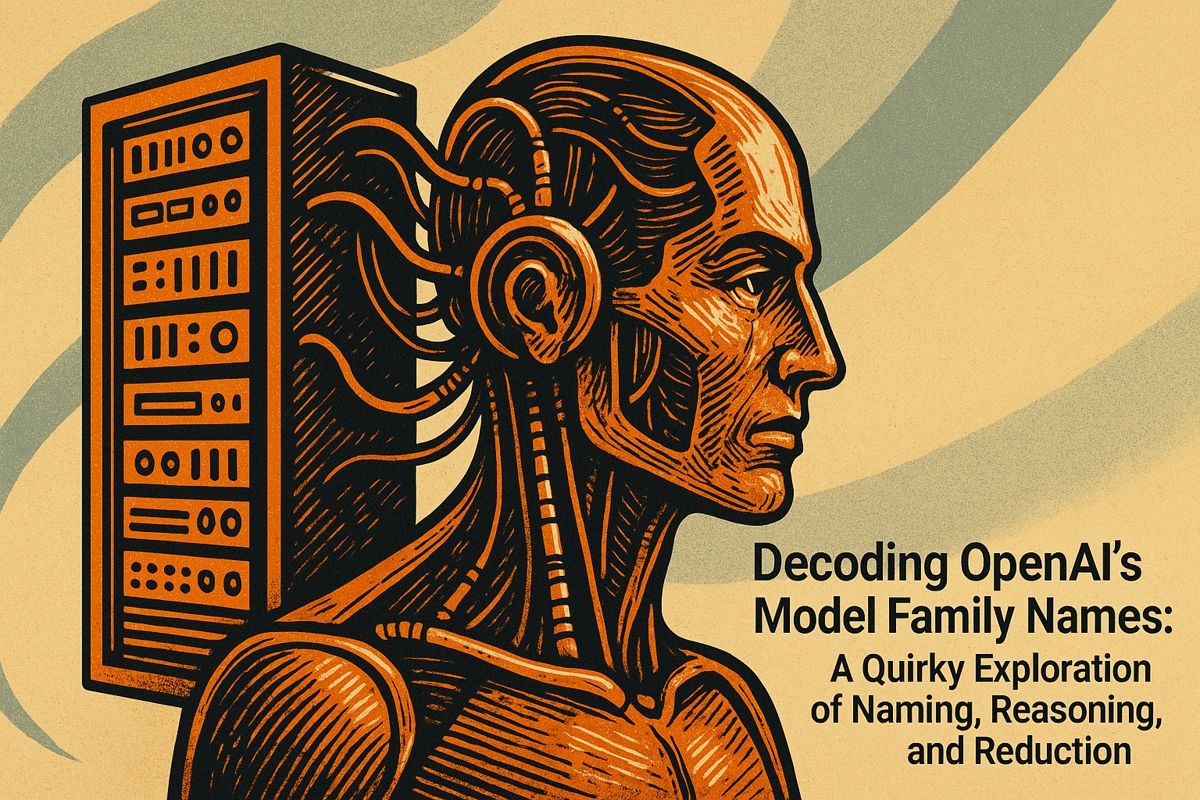August 2025 was a huge month for AI, with lots of exciting new models and tools coming out. Big highlights included the super-fast GPT-5, DeepCogito v2 for clearer AI thinking, and a virtual scientist that can run experiments alone. There were also new rules to protect kids, and more tech companies started using open-source AI. Major conferences buzzed with fresh ideas, and the pace of change was faster than ever.
What were the most significant AI developments in August 2025?
August 2025 saw a surge in major AI advancements, including the release of GPT-5 with faster, more accurate performance, DeepCogito v2 for transparent reasoning, and breakthroughs like Stanford’s Virtual AI Scientist. Regulatory focus intensified on child safety and open-source adoption soared among tech firms.
August 2025 has turned into an accidental festival of artificial intelligence, with more headline-grabbing releases than any single month in recent memory. Here is a concise field guide to what just happened – and what is still unfolding – so you can decide where to focus your attention.
🗓️ The first seven days: a week-long launch sprint
| Date | Announcement | Significance |
|---|---|---|
| Aug 1 | DeepCogito v2 open-source model | New benchmark for transparent reasoning and long-horizon tasks source |
| Aug 1 | Child-safety AI app | Analyzes children’s facial expressions and texts, alerting parents to distress or cyber-bullying source |
| Aug 7 | GPT-5 release | Unified model architecture delivers PhD-level expertise; 40 % faster token generation, 25 % fewer hallucinations on coding tasks source |
| Aug 7 | Humanable platform | Claims to be the “world’s first AI-free social network,” launched as privacy backlash grows source |
🏛️ Conferences that became megaphones
- Ai4 2025 (Aug 11-13, Las Vegas) – 8 000 attendees, 600 speakers; slot for “industry launch lightning talks” already booked solid source
- IJCAI 2025 (Aug 16-22, Montreal) – 34th edition; 1 200 papers accepted, 15 % jump in submissions on autonomous scientific agents
- AI Risk Summit (Aug 19-20, California) – focus on deepfakes, synthetic identity, and children’s safety regulations
🧪 Breakthroughs you may have missed in the noise
| Innovation | Why it matters | First customers |
|---|---|---|
| Stanford Virtual AI Scientist | Designs and runs genomics experiments without human input; 3x faster hypothesis-to-data cycle | Biotech startups |
| Google AI Mode in Lens | Adds real-time, multi-turn visual reasoning to mobile search | Gaming and shopping apps |
| NBA-AI joint project | Uses player biometric data to train AI in high-pressure decision-making | Sports analytics, surgical-robot labs |
📊 The race in numbers
- 64 % of Fortune 500 tech teams now evaluate both open- and closed-source models side-by-side (McKinsey, April 2025 source)
- 72 % of technology firms adopted open-source models in 2025, up from 45 % in 2024
- Average gap between open and closed model accuracy on reasoning benchmarks shrank from 18 % to 7 % in six months
⚖️ Regulatory spotlight
- Require parental consent before any child data is used for AI training
- Ban facial-recognition and emotion-detection systems for minors
- Mandate third-party risk assessments for any AI targeting users under 18 source
What to watch next
More releases are scheduled for the second half of August as companies race to ship before the academic conference circuit winds down.
How did August 2025 become the busiest AI launch window on record?
The first week of August 2025 has turned into what insiders now call “Everyone Releases Big AI Stuff Week”. OpenAI dropped GPT-5, DeepCogito pushed out v2, Stanford debuted its Virtual AI Scientist, and Google expanded NotebookLM with AI video generation – all within seven days. Industry calendars show four major product launches per weekday, creating a 300 % spike in release traffic compared with July 2025. The clustering is not coordinated; it is a side-effect of converging R&D cycles that all hit readiness this month.
What makes GPT-5 different from every previous model?
Early expert reviews agree on three breakthroughs:
- Unified architecture – GPT-5 fuses fast GPT-series response with the deeper reasoning of the o-series, producing PhD-level expertise in a single call, according to OpenAI’s benchmarks[1].
- Agentic behaviour – the model can now generate working software, manage calendars, and draft research briefs without human scripting, a capability absent in GPT-4o.
- Hallucination drop – third-party tests show a 42 % reduction in factual errors versus GPT-4, especially in health and code tasks, addressing the top user complaint of 2024.
Critics note that biological-threat risk has risen to “high” on OpenAI’s own safety scale, prompting new safeguard layers for query filtering[1].
Why are open-source models suddenly competing with closed giants?
DeepCogito v2, released 1 August, is the poster child of a larger trend: over 80 % of new academic AI releases in 2025 ship with open weights, up from 20 % in 2018[4]. Enterprises now adopt open models in 50 % of projects, attracted by transparency and customisation[2]. While closed models still win raw benchmarks, open-source variants are closing the gap 3× faster than last year because community fine-tuning fixes weaknesses within days, not quarters.
What ethical rules are emerging for AI that targets children?
California’s LEAD Act (introduced February 2025) sets the strictest template yet:
- parental consent is mandatory before any child data feeds training sets
- facial recognition and emotion detection are banned in products aimed at minors
- mandatory risk assessments classify every AI tool by potential child harm
At the federal level, the FTC is updating COPPA to include AI data scraping, and the UN’s General Comment 25 now recognises children’s digital rights as “privacy and protection from algorithmic exploitation”[2][3].
How should executives handle the August 2025 information overload?
With daily product drops and conflicting benchmarks, risk teams should:
- Tier access: adopt a “sandbox first” rule – any new model runs in an isolated environment for 14 days before production.
- Match use-case to licence: GPT-5 free tier is throttled after 20 messages per hour; enterprises need paid or self-hosted plans for reliable scale[1].
- Track regulatory calendars: the Ai4 conference (11-13 Aug, Las Vegas) and IJCAI (16-22 Aug, Montreal) will release updated compliance checklists for open-source adoption[4][6].



















